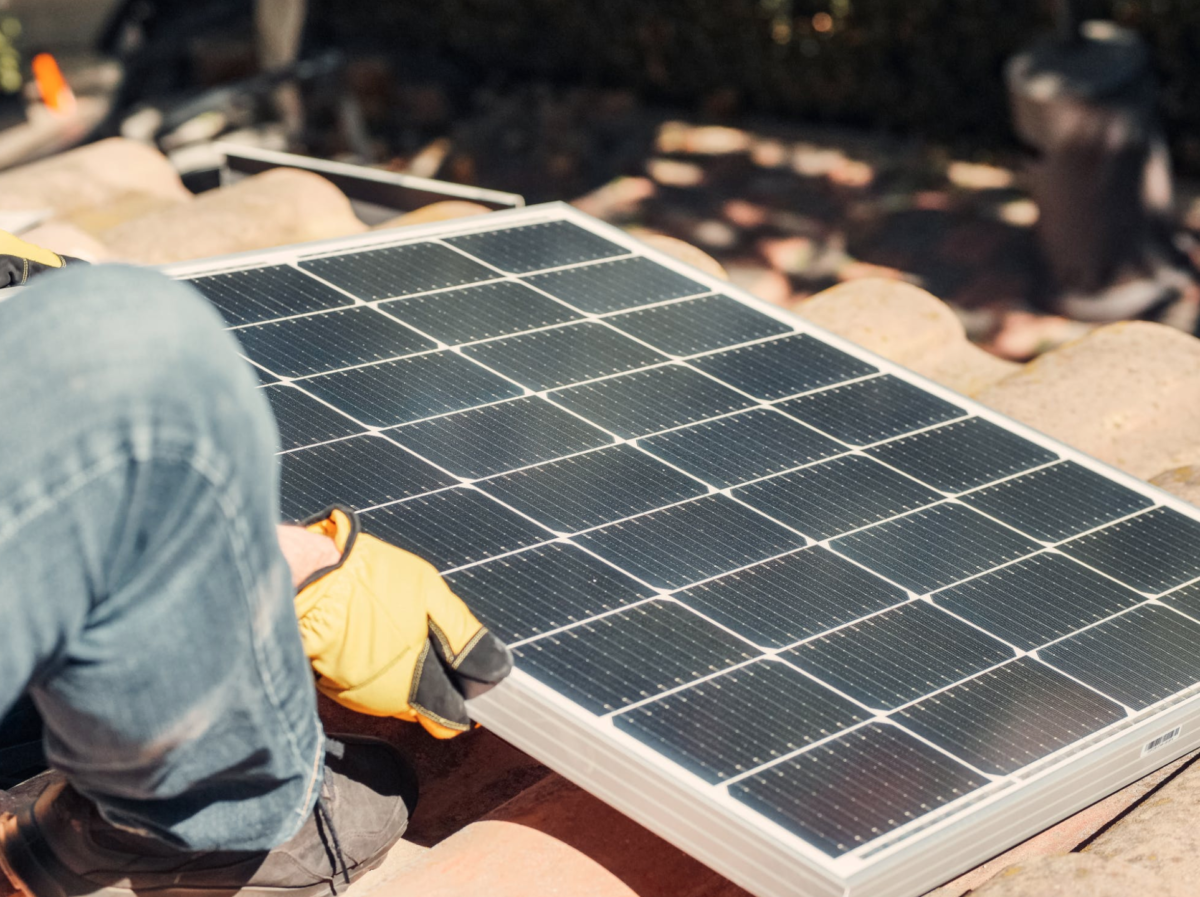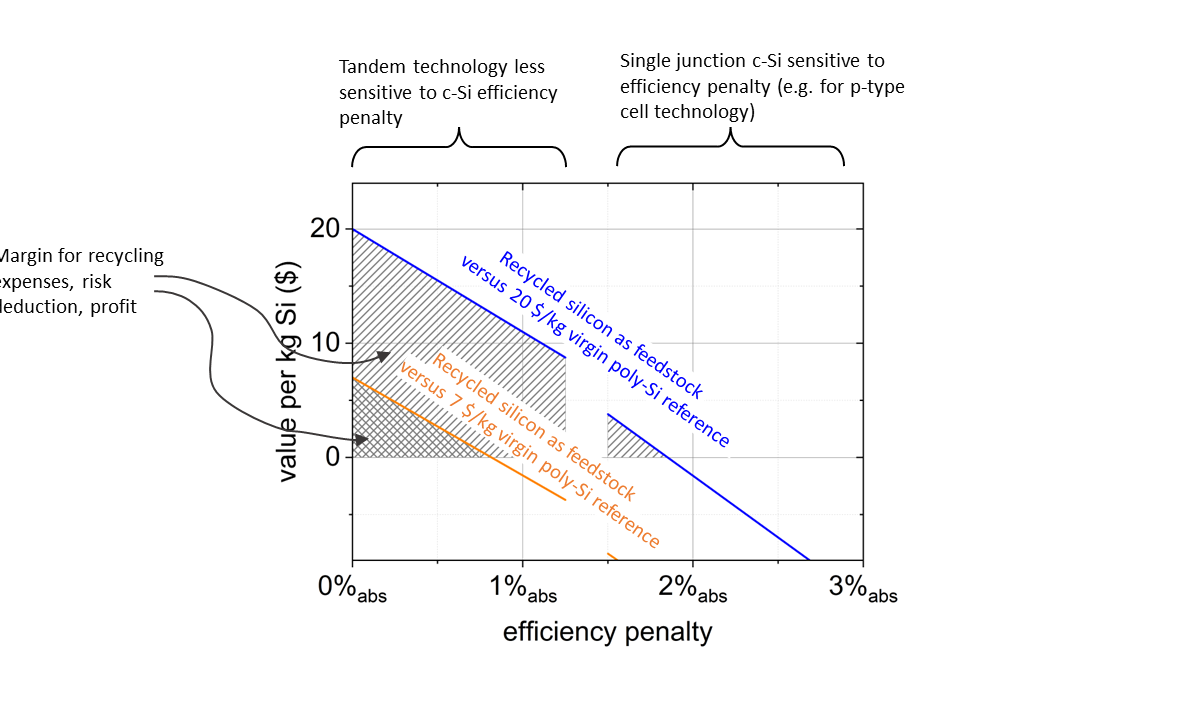From pv magazine USA
Low- and moderate-income (LMI) households are less likely to install rooftop solar photovoltaics, and U.S. policymakers, stakeholders and community leaders are calling for a more equitable adoption of these technologies.
Research from the Lawrence Berkeley National Laboratory and Clean Kilowatts suggest improved marketing strategies could help.
Researchers to date have focused on demand-side explanations for adoption inequity. Those factors include cash constraints, lower homeownership rates, building structural issues, and language barriers. Likewise, LMI policies largely have been designed to address demand-side barriers, such as adoption subsidies and carve-outs in community solar programs.
The report argued that supply-side factors may pose significant barriers, as well.
The report noted one study of U.S. solar industry quotes and contracts that found that customers who received fewer than four quotes were about three times less likely to adopt solar than those who saw more.For one thing, the industry often selects to market to high-income customers. The report found a significantly lower number of project quotes are shown to LMI customers. Fewer quotes mean those customers have fewer opportunities to gather information and make an informed buying decision. Higher price quotes also can occur as there may be less competition among installers in LMI markets.
The report suggested that the supply side issues in solar can be addressed in a way similar to inequity in food access. It said that large grocery stores stocked with healthy foods often are located in affluent areas, while LMI areas often host low-quality food stores. Through a series of state and local interventions, policymakers responded by providing supply side incentives to induce health-oriented grocers to open in LMI areas.
The researchers offered three policy solutions for improving LMI solar access:
1) Providing subsidies or non-financial incentives to solar installers who will site their headquarters in LMI communities.
2) Offering incentives for submitted quotes in LMI communities, rather than installed systems. The research found that increased numbers of quotes drive higher adoption, despite installers having a bias that LMI customers install solar less frequently.
3) Funding programs to train installers to understand the unique needs of LMI customers.
This content is protected by copyright and may not be reused. If you want to cooperate with us and would like to reuse some of our content, please contact: editors@pv-magazine.com.




By submitting this form you agree to pv magazine using your data for the purposes of publishing your comment.
Your personal data will only be disclosed or otherwise transmitted to third parties for the purposes of spam filtering or if this is necessary for technical maintenance of the website. Any other transfer to third parties will not take place unless this is justified on the basis of applicable data protection regulations or if pv magazine is legally obliged to do so.
You may revoke this consent at any time with effect for the future, in which case your personal data will be deleted immediately. Otherwise, your data will be deleted if pv magazine has processed your request or the purpose of data storage is fulfilled.
Further information on data privacy can be found in our Data Protection Policy.